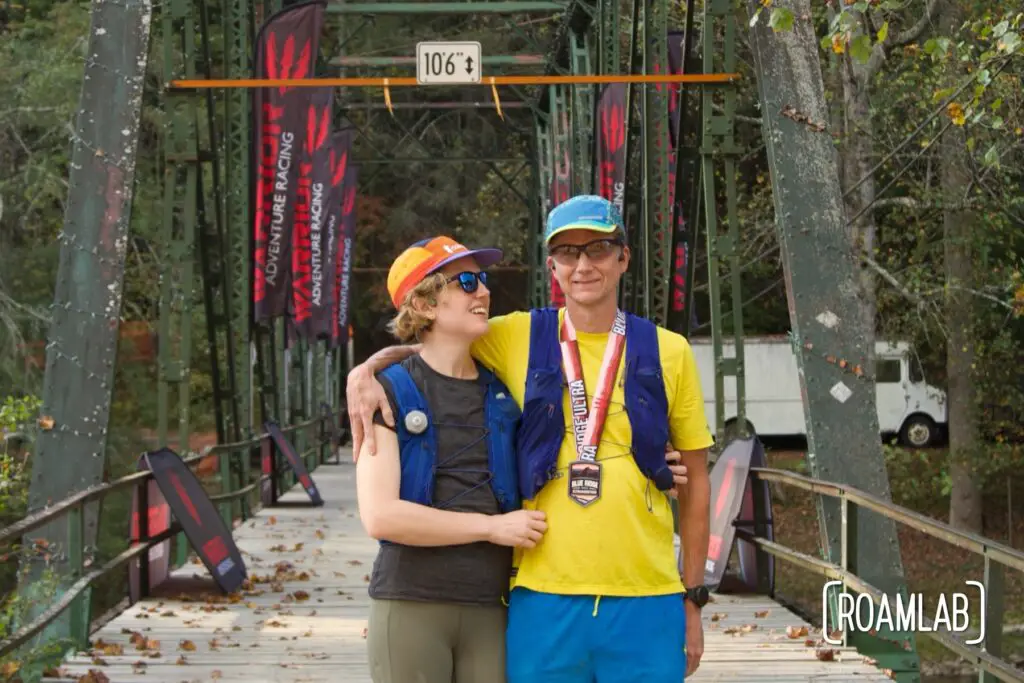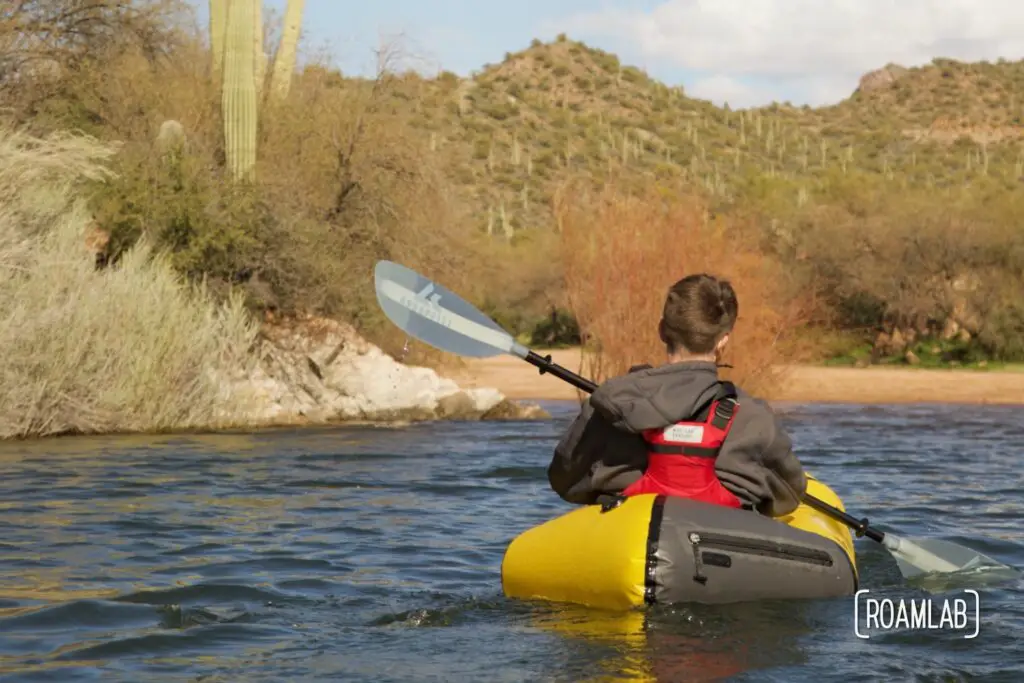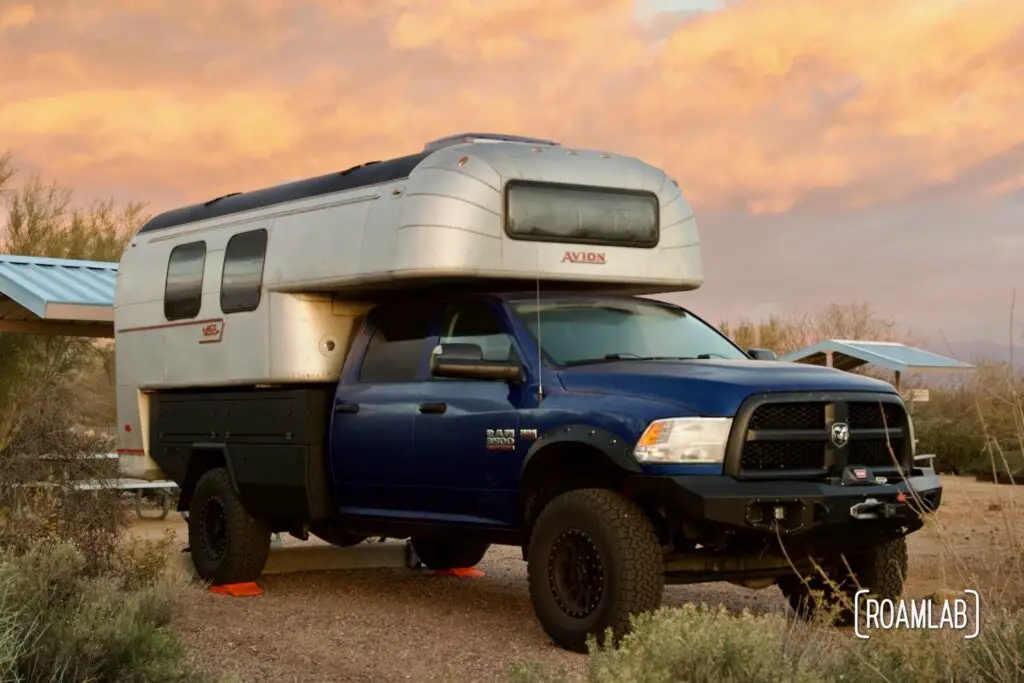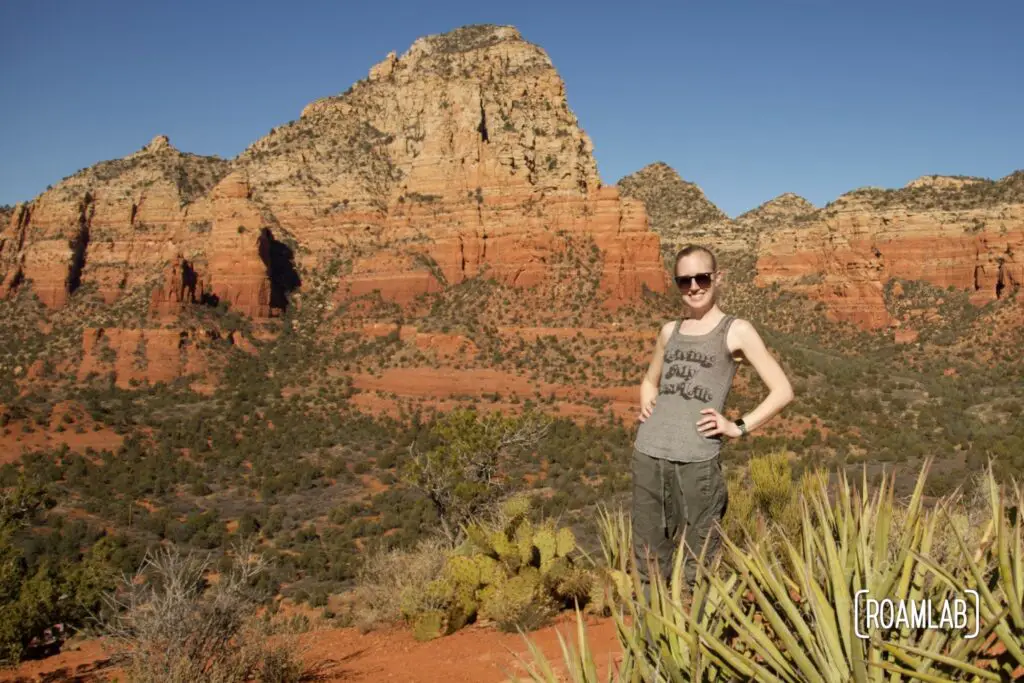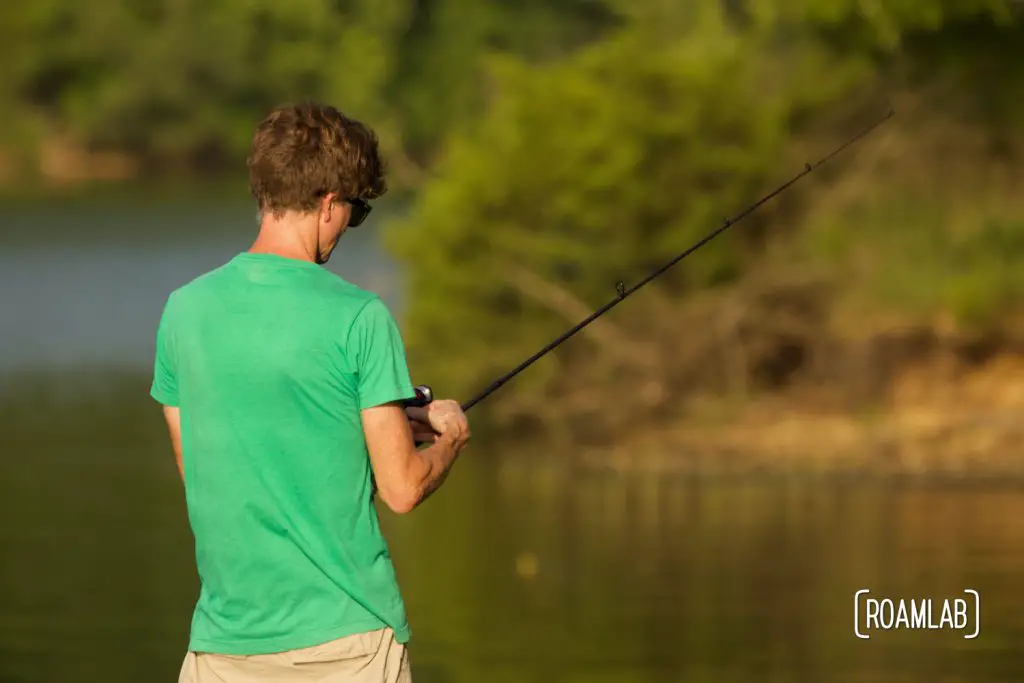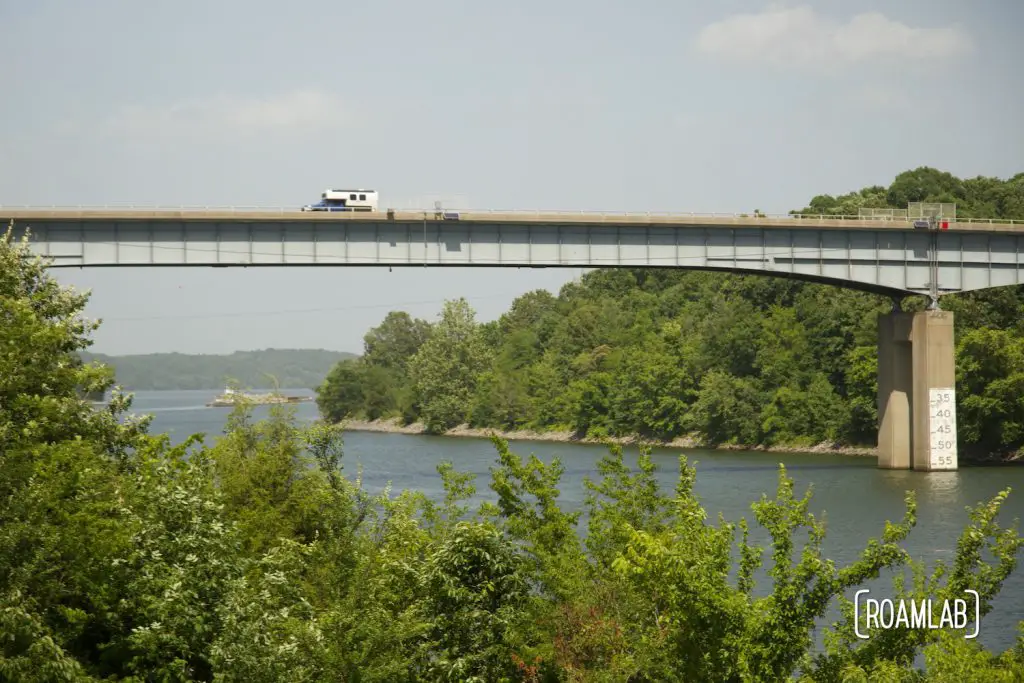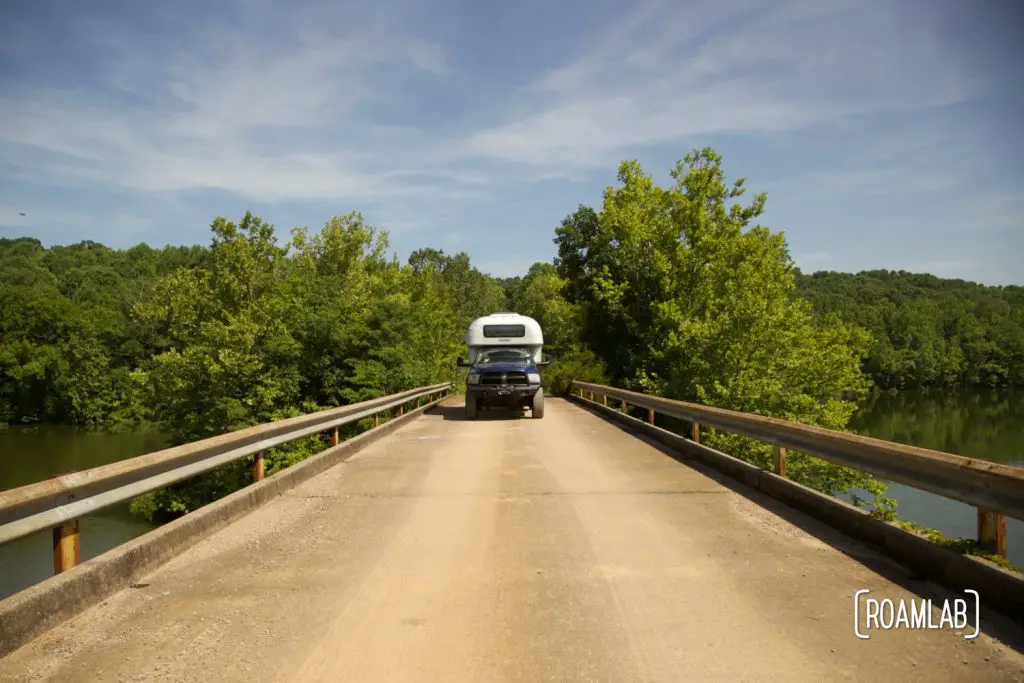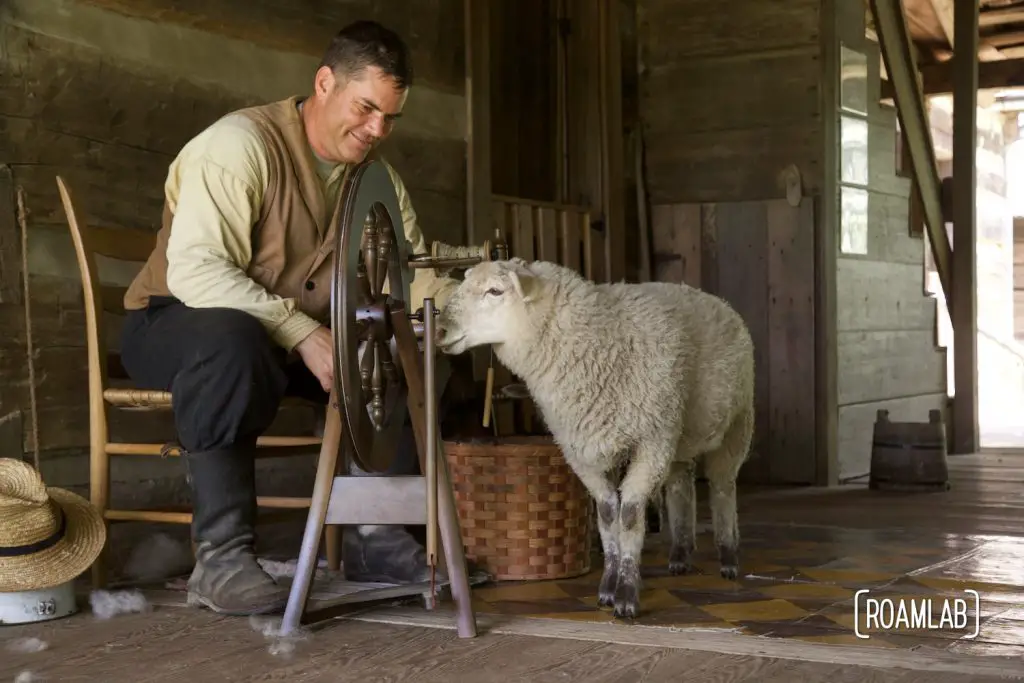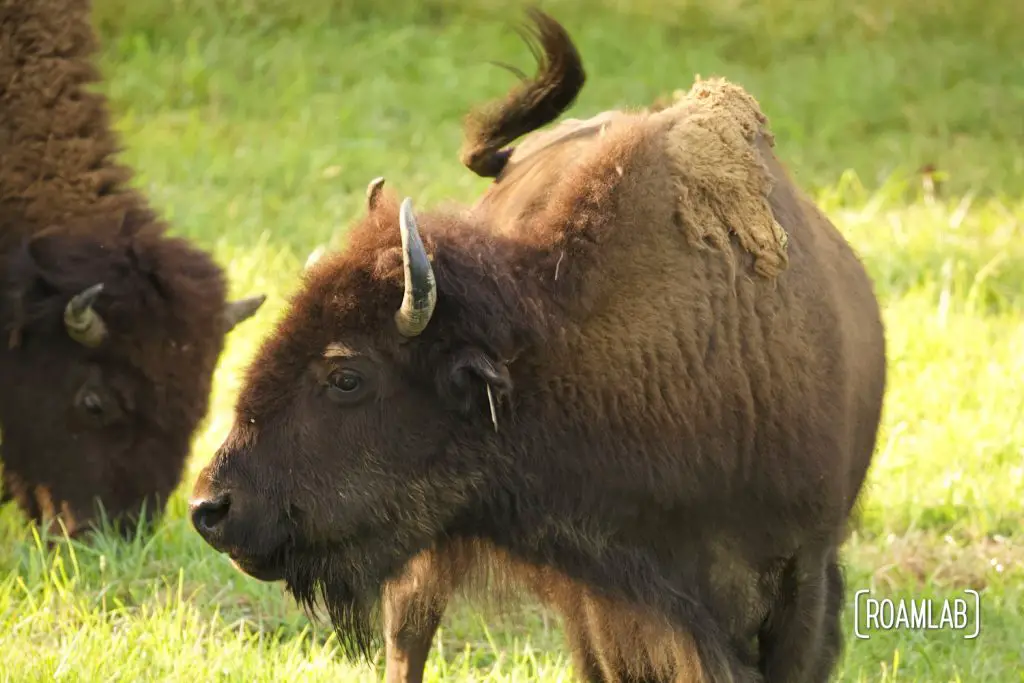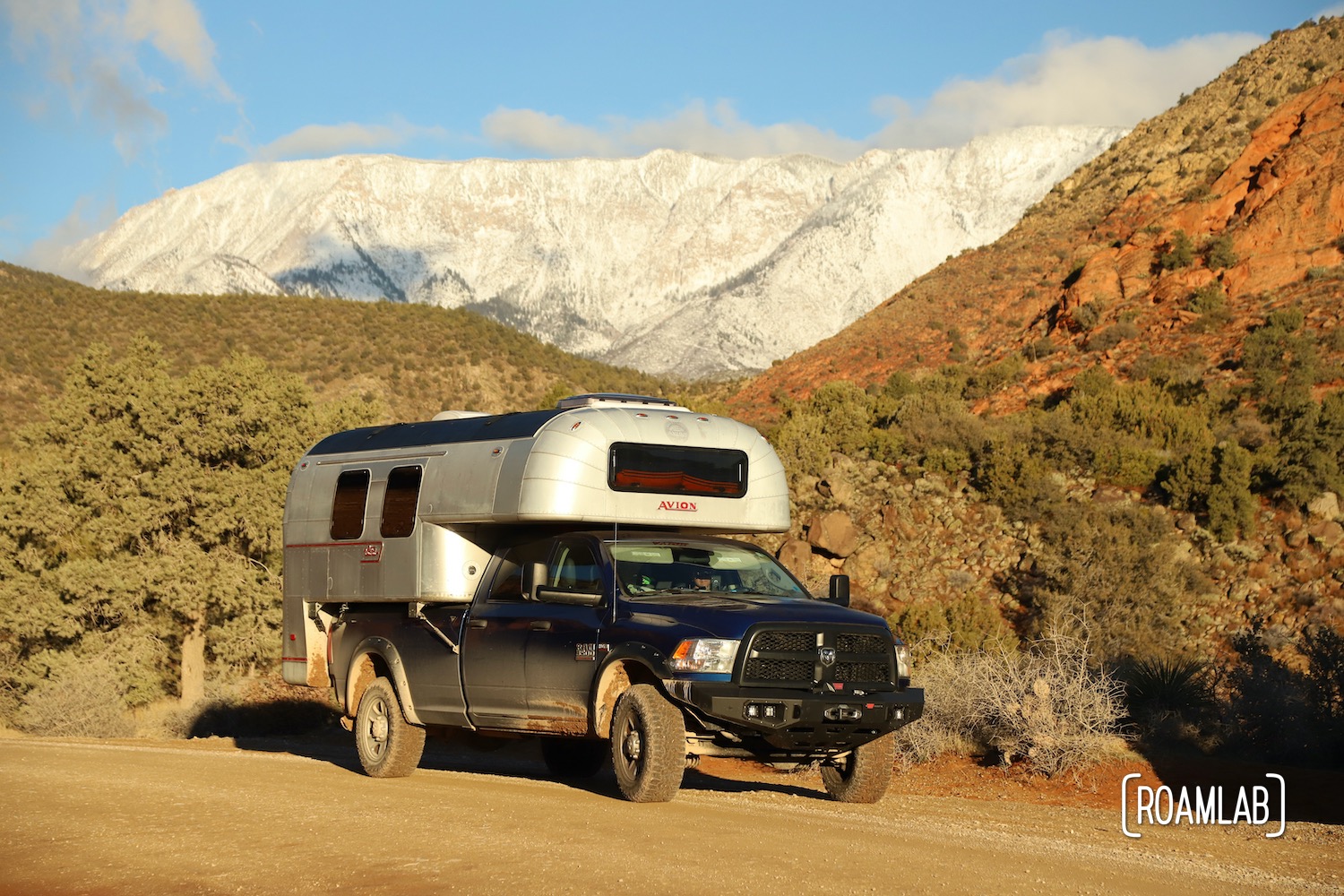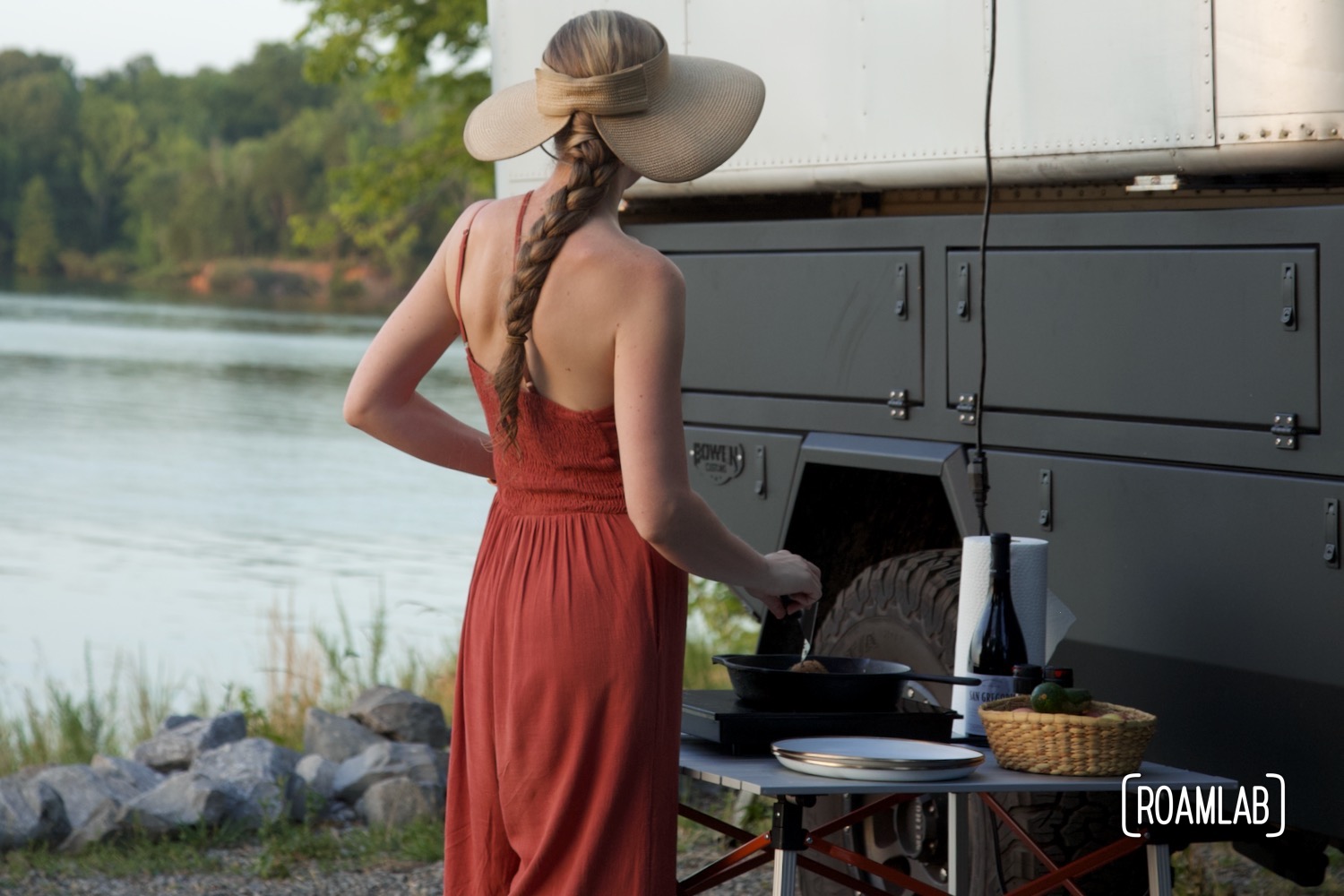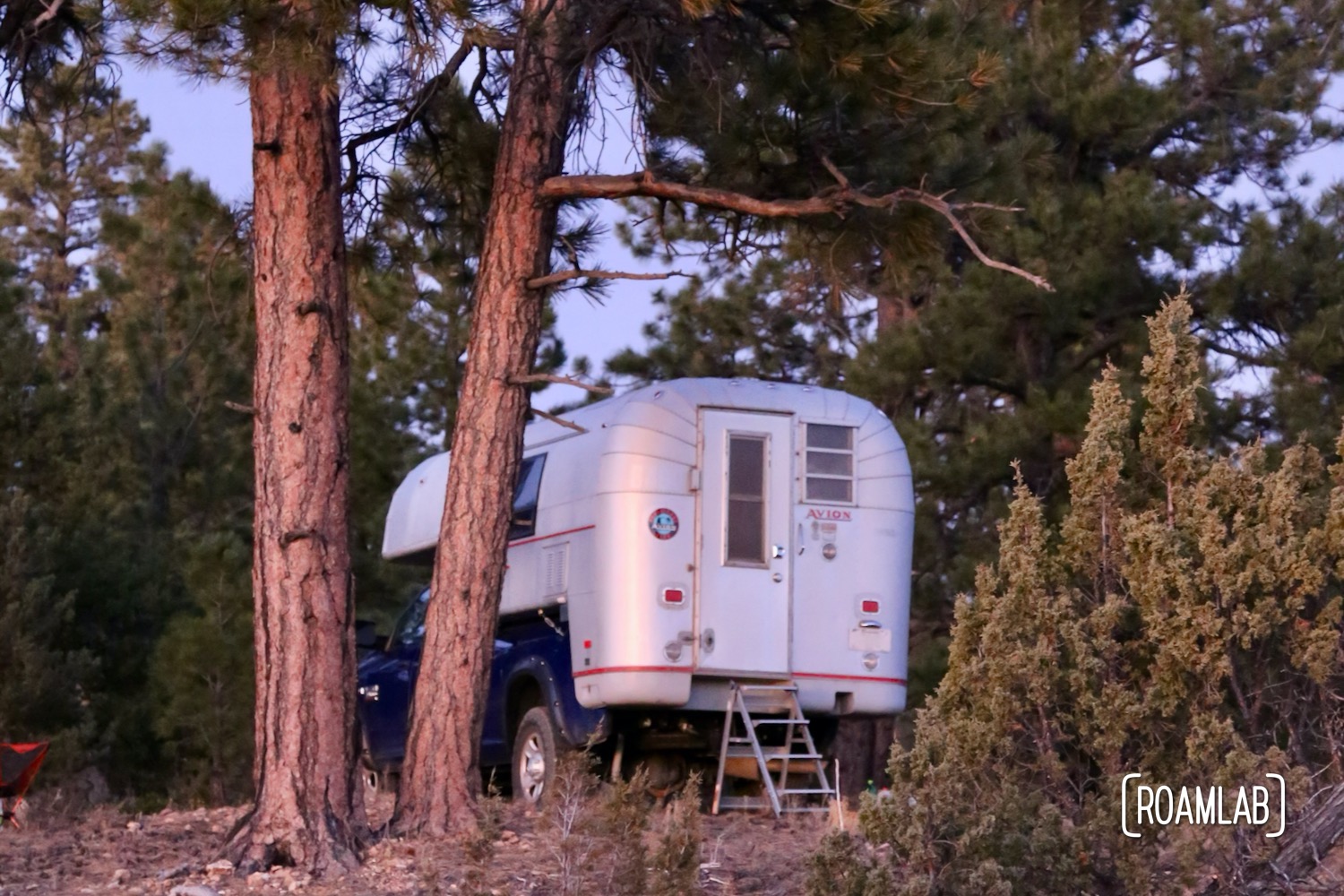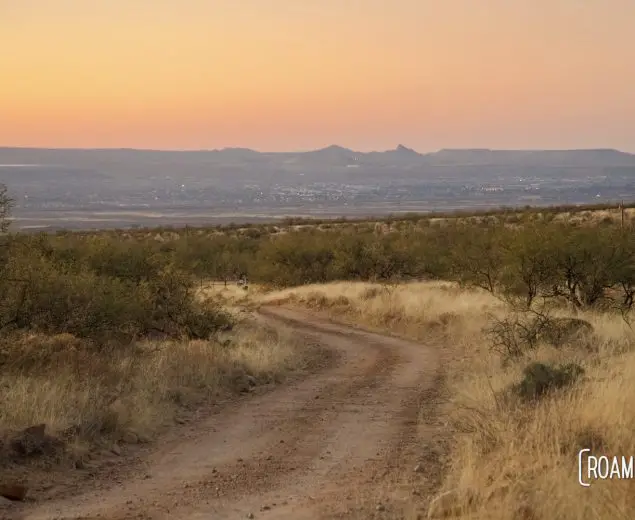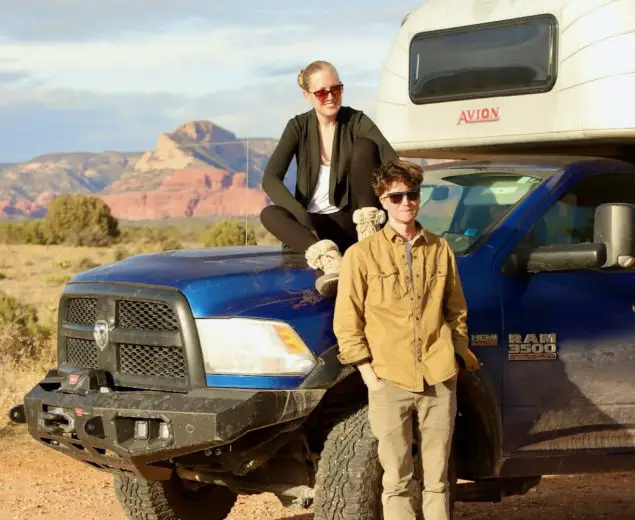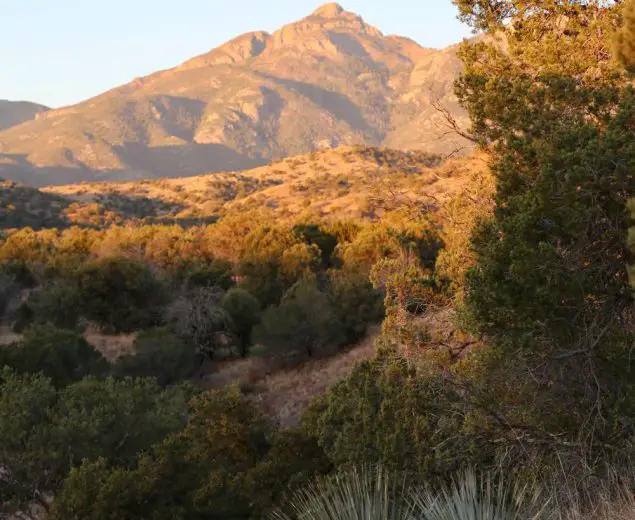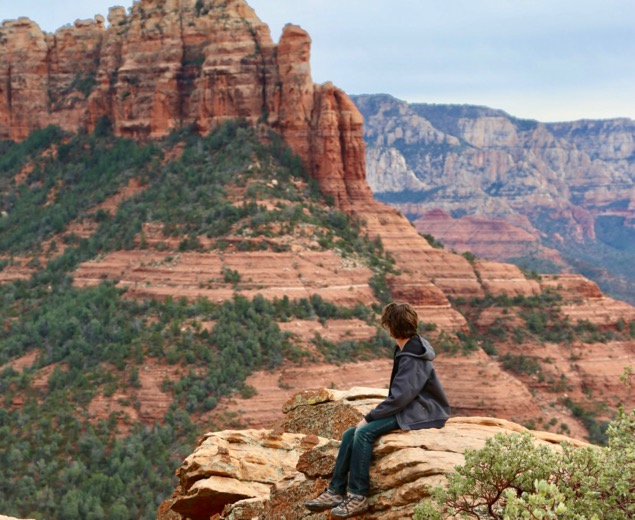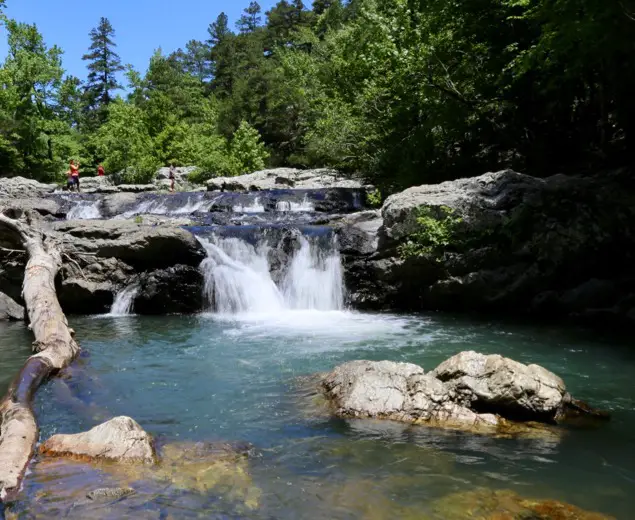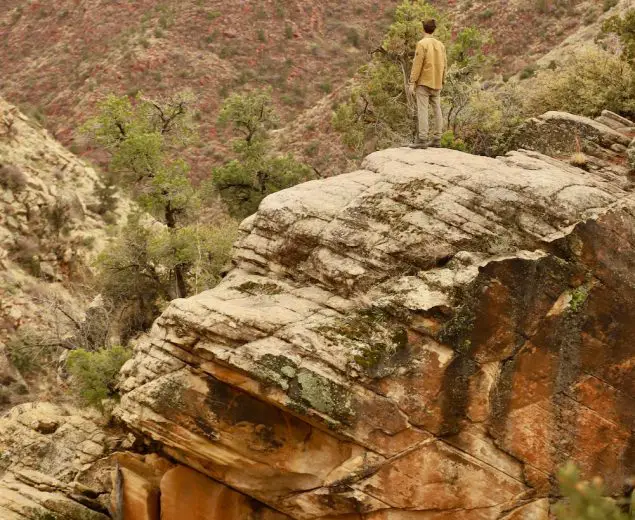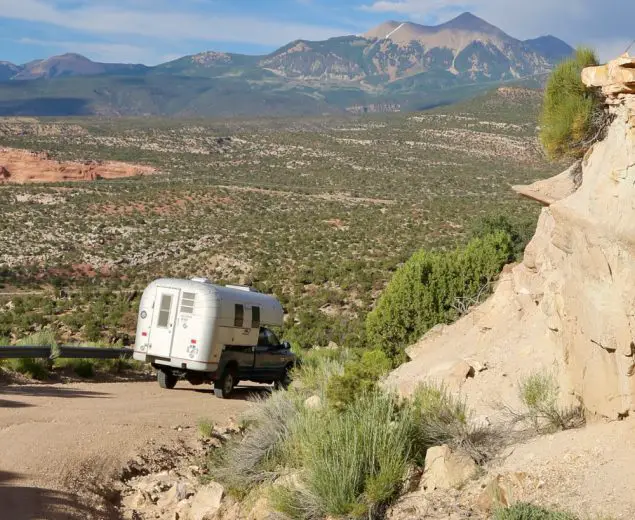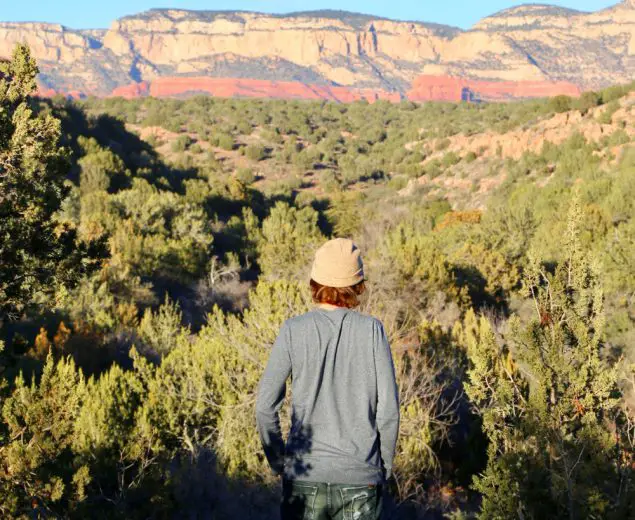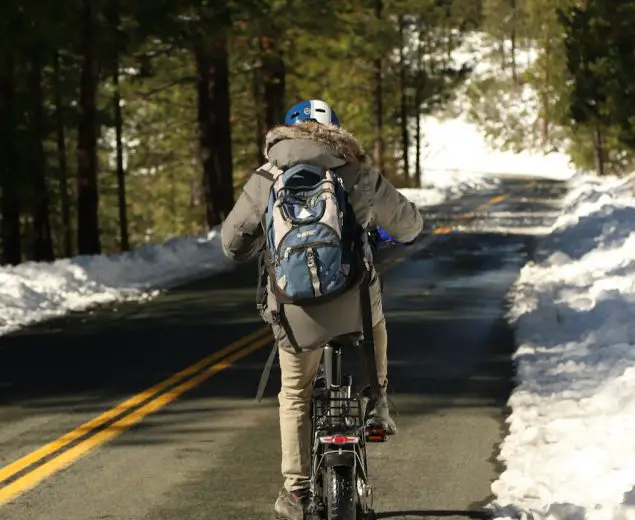United States Forest Service
The Forest Service offers a wide variety of outdoor activities for people to enjoy. From camping and hiking, to biking and kayaking, there is something for everyone who wants to experience America’s great outdoors. Forest Service campgrounds and trails are located in some of the most scenic and pristine areas of the country, making for a wonderful adventure.
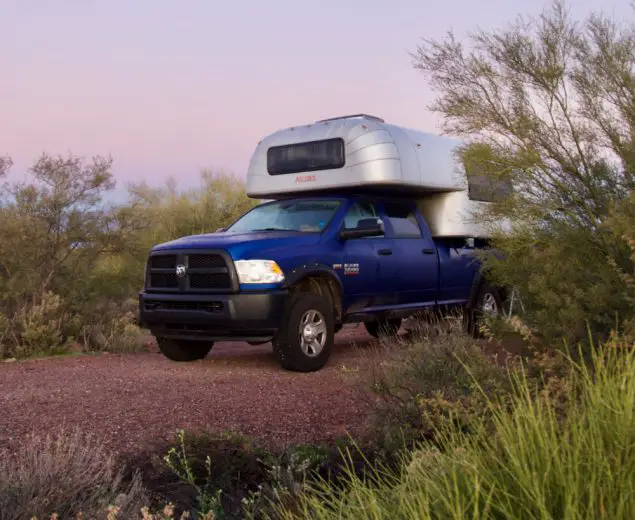
Tonto NF
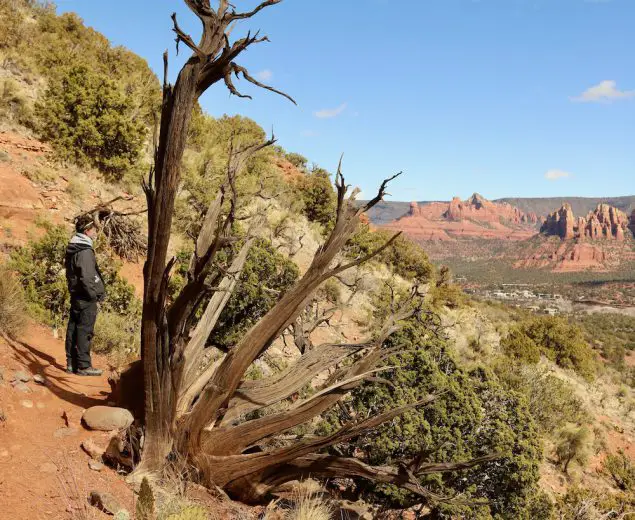
Coconino NF
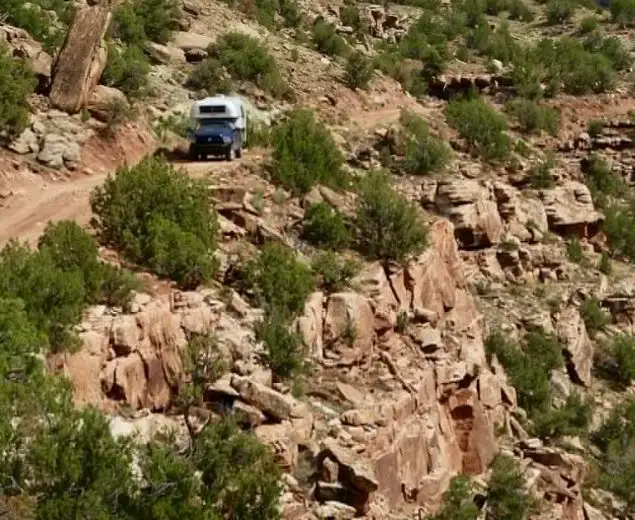
Manti-La Sal & Uncompahgre NF
About the United States Forest Service
The United States Forest Service was created in 1905 when President Theodore Roosevelt signed the Forest Service Act into law. The Forest Service traces its roots to Roosevelt’s Boone and Crockett Club, which was concerned with preserving the lands around Yellowstone starting in 1875. Since then, its mission has expanded over centuries to steward many of America’s most striking tracts of wilderness.
The Forest Service has a long and varied history, from fighting wildfires to promoting sustainable forestry. Today, it is one of the largest public land management agencies in the world. Forest Service employees manage a wide variety of programs and activities, all with the goal of preserving and protecting America’s forests.
Unlike the National Parks System, Bureau of Land Services, and Fish and Wildlife Service, the Forest Service is not under the Department of the interior. Instead, Forest Service is a division of the Department of Agriculture and is charged with managing America’s forests. Those forests amount to 25% of federal lands, a total of 193 million acres divided into 154 national forests and 20 national grasslands. Much of the land is found in the western region of the United States but National Forests can be found thought the country.
But, of course, our favorite part about the Forest Service is the many recreation opportunities for people to enjoy the outdoors. Camping, hiking, biking, kayaking, and overlanding are just a few of the activities that are available on Forest Service land. In addition, the Forest Service also manages a number of historic sites, trails, and other recreation areas.
Why Visit National Forests
There are many reasons to visit National Forests. They are beautiful and offer a wide variety of landscapes to explore: from the towering trees of the Pacific Northwest to the rolling hills of Appalachia. Better yet, these forests are home to a diverse array of animals, including deer, elk, bears, and many more. And, of course, camping, hiking, biking, kayaking, and fishing are just a few of the recreational activities that can be enjoyed in a National Forest.
But one reason we highly recommend visiting National Forests is that we can enjoy the beauty, wildlife, and recreational activities while avoiding the crowds commonly found in more popular destinations such as National Parks and Monuments. In fact, National Forests located on the outskirts of National Parks can be some of the most exquisite places to visit with similar landscapes to their neighboring parks but without the congestion.
The Forest Service provides an opportunity to get away from the hustle and bustle of everyday life and experience the beauty and peace of nature.
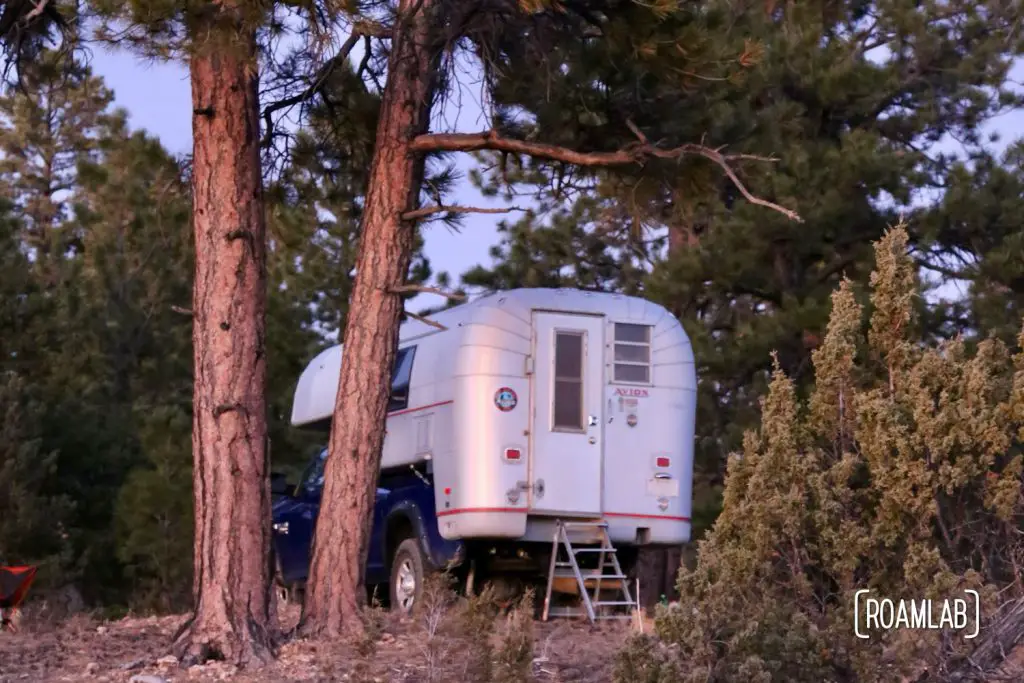
Camping in National Forests
Developed, Dispersed, and Everywhere In Between
Experience everything the forest has to offer, from clear night skies to elusive wildlife that is rarely visible in the daylight hours. Conveniently, the National Forest Service supports a wide range of camping opportunities from developed campsites with RV hookups to dispersed camping along rough dirt forest roads.
Developed Campsites
If you are looking for amenities, the Forest Service operates nearly 4,000 developed campgrounds across the country with water, restrooms, and picnic tables. Some of these campgrounds even have showers and hookups. Camping fees vary depending on the location and facilities but are typically very reasonable.
The more amenities we need, the more it is important to plan ahead. In addition, larger rigs need special consideration. Some smaller campgrounds are off remote roads with tight switchbacks and low-hanging branches. So, confirm with park rangers.
Granted, we are happy to forego hookups and even running water for the glorious seclusion of a primitive campground. These barebones sites rarely accept reservations and offer little more than a level stretch of ground, a picnic area, and pit toilets. But they are often smaller, less busy, and more scenic. But the truly scenic sites are often dispersed campsites.

Tonto NF
Hiking in National Forests
Wilderness Trails
The Forest Service maintains over 158,000 miles of trails that crisscross through every state in the Union. These trails provide access to everything from gentle strolls through the woods to multi-day backpacking adventures. No matter what your level of fitness or experience, there is a trail for you in the Forest.
In addition to the trails maintained by the Forest Service, many National Forests also have designated Wilderness areas. These can be protected areas where motorized vehicles and even bicycles are not allowed. Hiking in Wilderness areas is a great way to get away from the hustle and bustle of everyday life and experience true solitude.
Overlanding on Forest Roads
Four-Wheeling Trails
One of our favorite activities when in National Forests is exploring forest roads. We can escape the pavement and test our 4-wheel-drive with rough dirt trails to pristine wilderness. While many Forest Service roads are well-maintained, others can be quite rough and challenging. And that’s where the adventure begins.
Of course, we often check ahead with forest rangers to make sure our vehicle has the clearance for the roads we plan to take. Many of these Forest Service roads are not well maintained. Landslides, washouts, fallen trees, and other obstructions can make roads inaccessible. Worse yet, the roads can be overgrown and badly eroded. So even turning around may not be an option. And while National Forest roads are open to vehicular traffic, there are exceptions.
Forest Service roads are also often closed during the winter months due to snow. Be sure to check with the local Forest Service office before heading out to confirm that the roads you want to explore are open.
In addition to the challenges of the terrain, Forest Service roads can also be remote and without cell service. Be sure to bring a map, plenty of food and water, and be prepared for anything.
Kayaking & Canoeing In National Forests
Paddling the lake and river wilderness
You can’t get green without some blue and most National Forests also have their fair share of lakes and rivers to explore. Forest Service waterways provide access to remote lakes, rivers, and streams that are teeming with fish and wildlife.
Paddling through a National Forest is an amazing way to experience nature. But it’s important to be prepared before heading out. Make sure you have the proper gear and know your limitations.
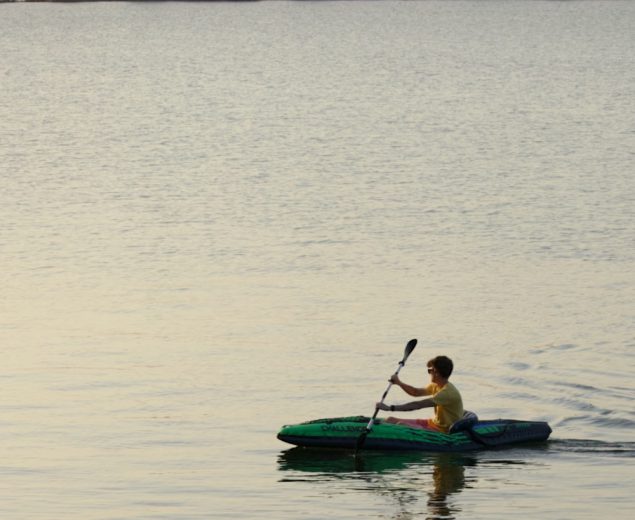
Land Between the Lakes
Safety in National Forests
What makes National Forests fun is also what makes them dangerous: their remoteness. Forest Service recreation sites are often miles from the nearest town or help. It is important to be prepared before heading out. Make sure you have the proper gear and know your limitations. Check the weather before departing. Bring a map and plenty of food and water. And most importantly, let someone know where you are going and when you plan to return.
The Adventure Continues…
Endless opportunities for outdoor recreation
There are so many ways to explore National Forests. They are as diverse as America itself. The National Park Service encompasses stark desert terrain, alpine meadows, meandering rivers, windswept coastline, and craggy mountains. There truly is something for everyone. We hope you get a chance to explore these amazing places for yourself.







